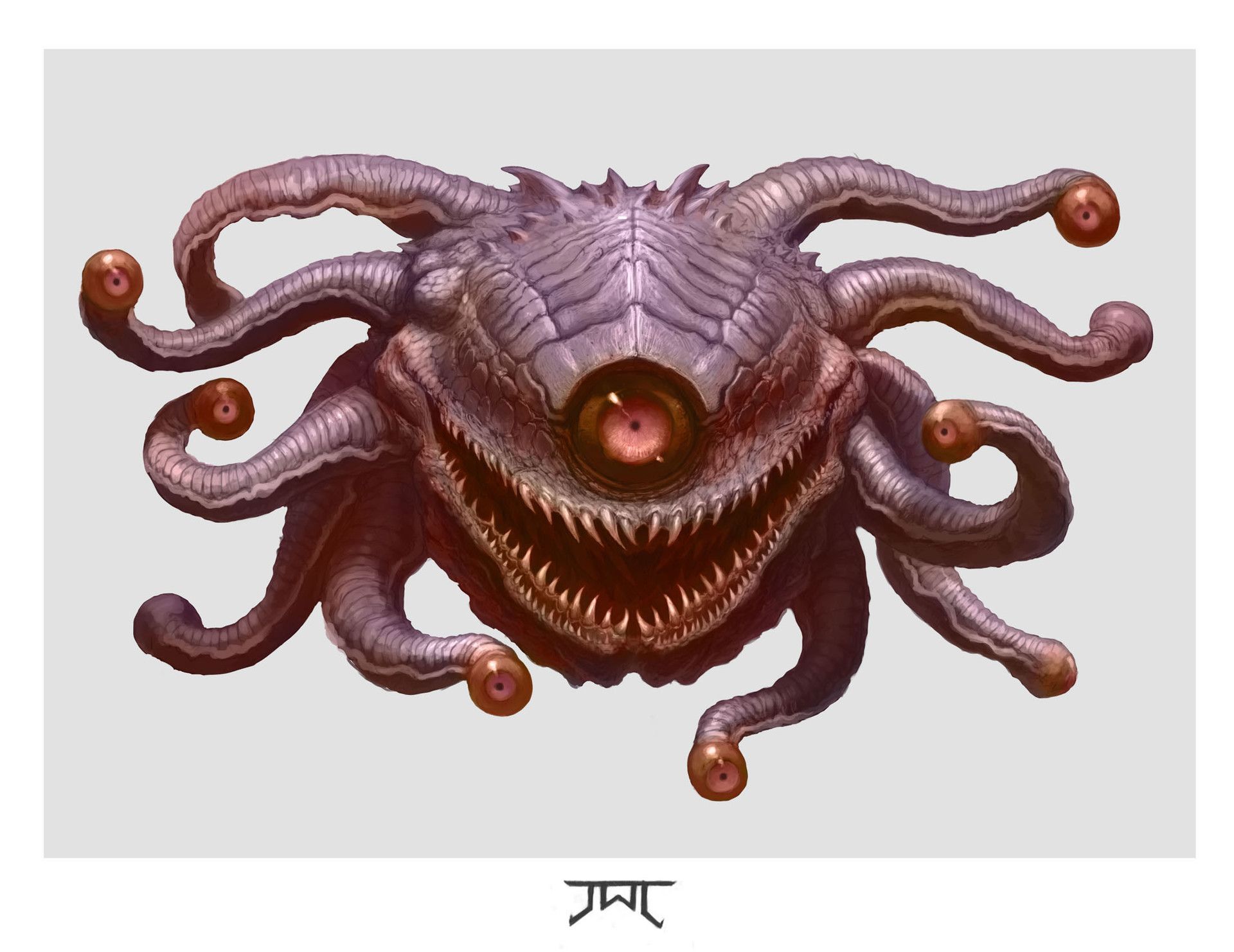This thesis investigates Japan’s normalization of pedophilia via the proliferation of popular culture and media. This analysis will begin by looking at historical examples of pedophilia, specifically focusing on chigo in Medieval Japanese Buddhism, wakashu in Edo Period pleasure quarters, and the spread of soft power diplomacy after World War II.
This phenomenon will also be viewed in the modern context by discussing lolicon in Japanese media and advertising, idol culture in the Japanese music industry, the JK business, and “real” child pornography. The ways that Japan benefits from this culture economically and politically will also be investigated.
Finally, this thesis will take into consideration the opinions of those who do not see these media forms as morally reprehensible, and consider the ways this phenomenon may or may not endanger children in real life.
Currently reading through this. Thought I'd share.
I hope this is an undergrad thesis because the scholarship is pretty poor. The writer fails to draw a solid through line from Chigo to present objectification of children. The focus on “A Long Tale for an Autumn Night” seems very out of place as it doesn't look too prevalent a story in Japanese culture. It only garners a stub class article on Japanese and English wikipedia, which doesn't even appear on the first page of google results. A better touch point might be the Tale of Genji, which is widely popular and known, and involves a subplot of the main character grooming and raising up a child to be his eventual wife.
The mistranslation of JK as "the girlfriend experience" is fairly egregious. It's short for Joshi Kosei (high school girl). I could have forgiven mistranslating enjo kosai as "the girlfriend experience" but even better would have been to avoid GFE at all since that term has an existing connotation in English prostitution culture that likely doesn't translate into the Japanese industry, and certainly not in this specific niche.
The segment on the idol industry is pretty good, probably thanks to the previous scholarship that went into the documentary, Tokyo Idols, which the author leans heavily on.
The history of lolicon in anime and manga is not as good. The emergence of youth culture and arrested development as a worldwide phenomena is a better explanation and better fits the timeline for the emergence of lolicon in the 70s, rather than as a response to Japanese occupation already 25-30 years underway.
Her exploration of anime really suffers from her ignorance of the industry and fandom. Pointing to the popularity of shows like " Neon Genesis Evangelion, No Game No Life, Seven Deadly Sins, and Miss Kobayashi’s Dragon Maid" as exporting Japanese lolicon culture is almost hilarious. NGE and Seven Deadly Sins are targeted at a teen audience and aren't nearly all the characters in Miss Kobayashi's Dragon Maid adults? Very sad.
But at least the author turned me on to Young Sex For Sale In Japan. I've not watched it all but those first five minutes are intense and make the recently outlawed JK Cafe industry look a whole lot seedier than the Vice News exploration of the topic. I am eager to hear the interview with the chaku ero producer mentioned in the thesis as I had previously figured the industry would want to separate the making of chaku ero videos and the production of U-15 idols for the sake of not appearing overtly exploitative.
Anyway, this has been a nice distraction from my thesis on how the sexualized presentation of teens on the Disney Channel and Nickelodeon is the root cause of child prostitution in America and how My Little Pony lead to an explosion in bestiality across the midwest.
aren’t nearly all the characters in Miss Kobayashi’s Dragon Maid adults?
i agree with a lot of your other criticism, but i will say that kobayashi's dragon maid does have multiple lolicon characters it's incredibly horny about
Is that true? I didn't realize since I've only caught a couple episodes as my radlib daughter watched. I'd have thought she would drop it if there were any seriously problematic characters.
here are 2 of the characters that the anime gets horny over. the link is just a picture of the characters, not in any situations, but they are both clearly about 9 years old at the oldest (though one of them is an immortal dragon yadda yadda yadda).
i haven't seen it, but apparently the gross shit takes a little while to get going and it starts as a genuinely good story about adult lesbians, so i can see how your daughter would start it
The young boy Shouta is constantly thrown into sexual situations with the adult big-titty dragon and he wants nothing to do with her. It's super molesty and gross as hell.
One of the magazine’s artists, Amagappa Shojogun, stated in a tweet that he was ironically told to draw characters around the age of nine, as the previous images he had drawn with girls around the age of eight were too young looking
:wut:
Some very good factual information throughout, but also some gross mistakes like @old_goat mentioned.
I agree with the author's observation of Japanese society, as an observer it is hard to argue against the effects they mention. Idol culture in particular is just vile. But I find it unfortunate that they chose the influence in US society as their main argument for being against it. IMO they could not have picked a worst argument.
Although America’s views on pedophilia are much more strict, there has already been a noticable shift in American culture leaning towards the acceptance of this phenomenon. For one, despite its illegality, Japanese pornographic manga including loli and shota images is easily accessible and purchasable both in brick-and-mortar manga stores and online for American audiences. These works are translated into English for easier accessibility, and are not looked at as child pornography in the American anime community (as far as anecdotal evidence can tell).
So by the time JP media becomes popular in the west around the mid 90s early 2000s depending on country and/or social class, most if not all of the effects below are already well ingrained into US and western culture. If one is truly concerned with what is "easily accessible" and what may lead to influence society then I can't imagine foreign culture being anything but the bottom of the list here.
Claiming "a noticeable shift" recently means you really weren't paying attention to western culture at all in the 20th century and earlier origins.
- The strong Christian foundations, from the virgin birth to the complete lack of sex education(a major social/political point for conservatives) in order to force outdated and oppressive customs based on the insular family.
- From the previous we also relate the incest/sex abuse prevalence in isolated rural communities which are also extremely religious. This is obviously existed throughout history, do you really think someone in the deep south needs loli hentai in order to fuck their teenage relatives?
- The cultural obsession around beauty pageants going as far back as the medieval era, but really taking off in the 19th-early 20th century.
- The Disney princess collection and the associated gender role and social expectations of saving
marryingthe young starts with 14yo Snow white in 1937. - The popularization of porn through VHS.
- The Sexual revolution and playboy culture. While some of it lead to some good initiative in countering social conservatism and attitude towards sex, it also lead to the ultimate objectification of women and the popularization of porn through magazines, Playboy being one of the most influential magazines of all time, and the consumption of such media by teenagers and young adults is pretty well known.
- The internet and the first porn sites. Things barely changed here, just go and look at the most popular search terms. Teen, petite, small breast, barely legal etc. You don't even need to consume porn regularly to be familiar with those terms and their implication.
And I don't claim to be an expert here either, I'm sure you can add even more reference points to this list, Hollywood beauty standards being one of them.
Opposing it based on its affects on Japanese society and culture is a far better argument and I thought surely this is what they were building towards, and it is a shame that despite creating a strong case and finding such a good amount of factual information to support the argument, they end up choosing US society as their main point instead.
Honestly I think the greater issue with the thesis is that it gets causality backwards. The media doesn't make lolicon culturally acceptable to Japan, lolicon is culturally acceptable which is why the media gets made. And until Japan deals with rigid hierarchical relationship structures and gender roles, and addresses the wider issue of capitalist exploitation, you will continue to have weird and bad media and industries to wag your finger at. But I really don't blame the author for not understanding the deeper issues. Having looked at her LinkedIn, it's obvious that academia is not her passion and this was just some tossed off bs that she wrote to complete her degree so she could fill a useless role in some PMC bullshit job.
But this Japanese Studies Commons that her thesis is a part of, is a real treasure trove of bad scholarship. Take The Darker Sides of the Isekai Genre which takes a serious look at the latest trend in anime and manga to raise an unserious concern, what if all this escapist fantasy inspires the populace to become NEET chunibyo shut-ins with pointless hobbies! The fate of this capitalist economy that has you trapped in a soul-sucking existence that drives you to consume exactly this kind of escapist fantasy may very well collapse into an isekai singularity if you don't do something about it, so quit bitching about your sad-sack life and get in the fucking business suit Shinji!
And until Japan deals with rigid hierarchical relationship structures and gender roles, and addresses the wider issue of capitalist exploitation, you will continue to have weird and bad media and industries to wag your finger at. But I really don’t blame the author for not understanding the deeper issues.
That is the thing, I think they do understand on some level, but as libs they were worried about being called out over the cultural relativity rhetoric, in the conclusion it literally begs the question "should I be allowed to criticize".
As I said it is weird because they did mention some of those problems the hierarchy and gender roles affecting the labor market, population decline. There is a whole section on women in the workplace etc.
But also as I write this I realize they completely missed comfort women and the geisha topic, as you said Japan was putting young girls into sexual relationships as a social norm centuries ago.
Base and superstructure. They can acknowledge the base but they can only attack the superstructure. In a way it is like climate vs. weather. The climate of patriarchal hierarchy gives way to various weather patterns (and not all of them bad, which is why patriarchy doesn't immediately collapse), and we can't individually do much about the climate so let's just express our dissatisfaction at the most extreme of weather events. But in a way, talking about extreme weather is just spectacle. Just like it's more fun to talk about hurricanes rather than rising or falling crop yields, it's more fun to talk about (and otherise) pedos than to extrapolate the data points on how hierarchy perpetuates violence.
And in a way this is how she got away with writing such a trash thesis. It is hard to critique the "pedos bad" narrative. She hung the patriarchy on the coatrack so you can't say she ignored that aspect, but honestly she is just focusing on the superstructure and gawking at the stormy weather. In a way the Isekai thesis I noted above is it's antithesis. It's better structured (probably because it is easier to critique in editing and perhaps because the writer is genuinely familiar with the topic and maybe even possibly a weeb), and it acknowledges the base and superstructure of capital and alienation. But in the case of this isekai thesis, he comes out and says the superstructure is good! Cashing in on alienation is a good thing and the only problem with exploiting this alienation is that some people may wallow in their alienation rather than serving capital. (Oh, and also eventually, overinvesting in this boom of cheap escapist fantasy will eventually lead to a market collapse). It turns out his critique is also trash, but it survived the travails of academic critique, not because it is unassailable, but because he, his advisors, and even ourselves are caught unaware that we still haven't escaped the trashcan of ideology.
And I don't want to come down to hard on either one of them for making and eating trash. We are all consumers of trash, the problem is with eating from the trashcan all the time.



